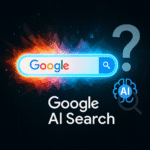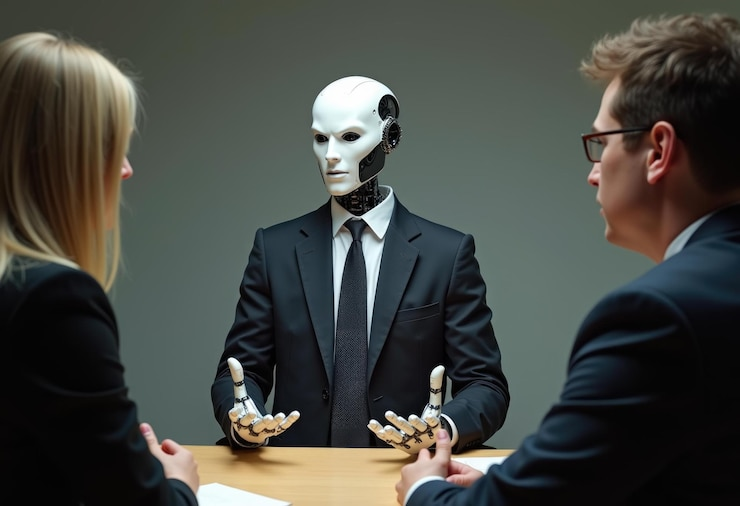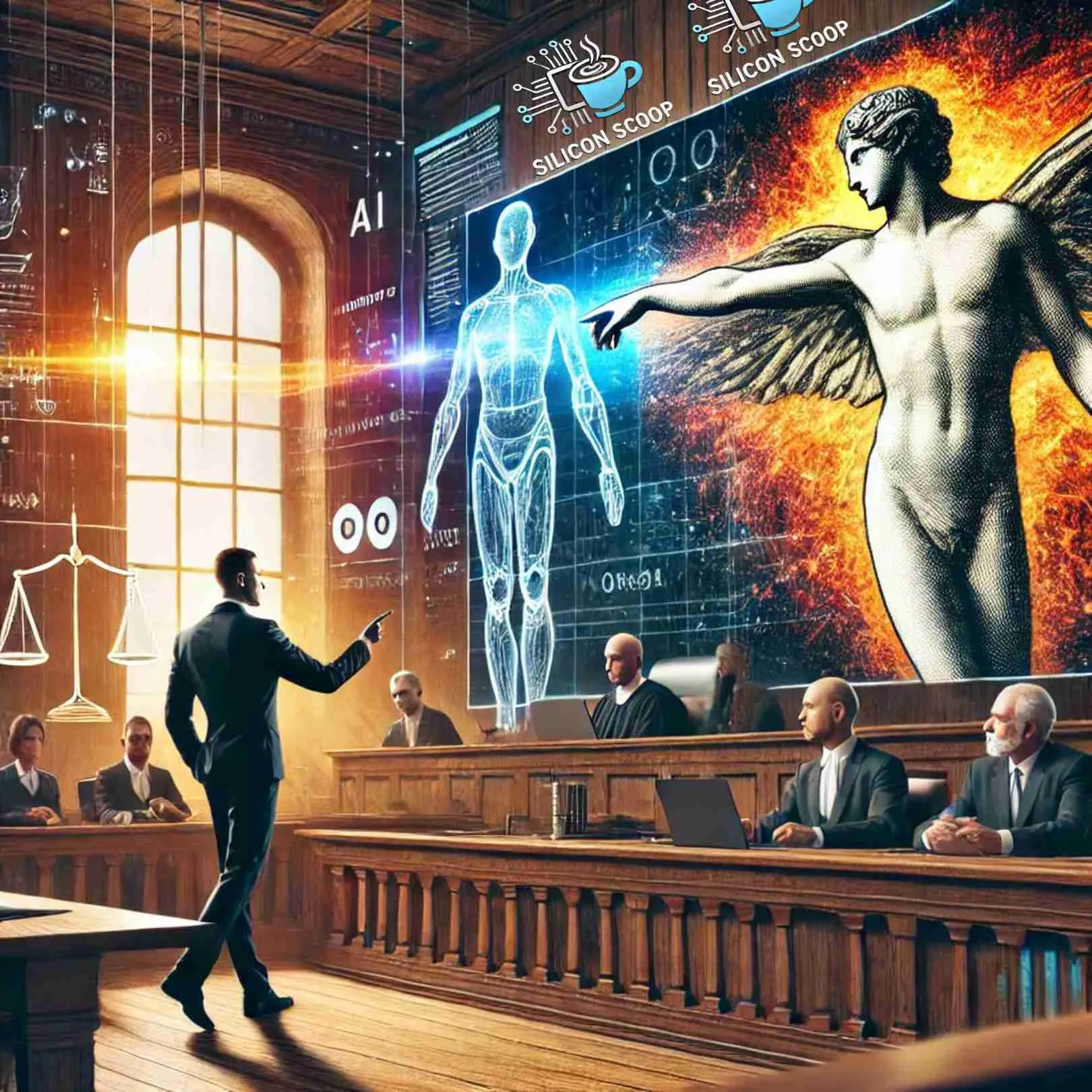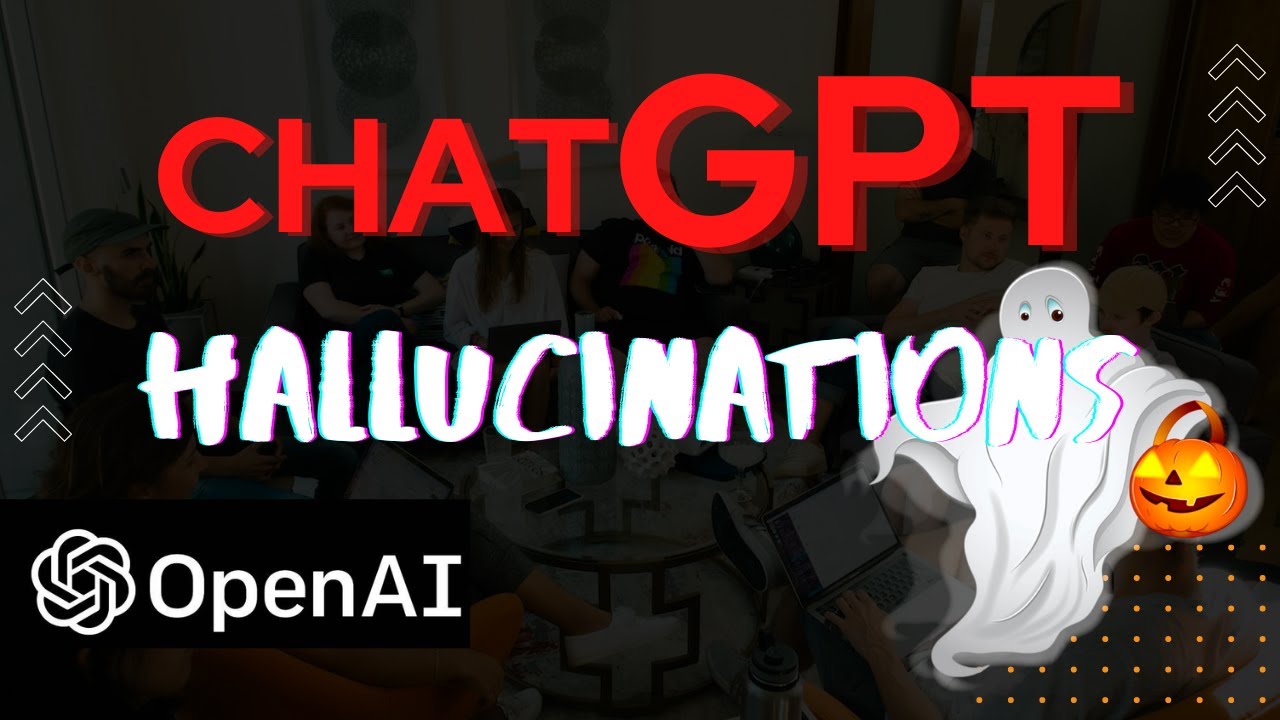
Introduction: Why Your AI Assistant Lies to You
You ask ChatGPT Hallucinations for a historical fact, and it confidently responds—only for you to discover it completely made up the answer. This phenomenon, called “AI hallucination,” isn’t just annoying—it can be dangerous when people trust AI for medical, legal, or financial advice.
In this 1,000+ word deep dive, you’ll learn:
✔ What AI hallucinations are (and why they happen)
✔ 5 shocking examples of ChatGPT inventing facts
✔ How to detect and prevent fake AI answers
✔ OpenAI’s fixes—will they ever stop the lies?
Let’s uncover the truth about AI’s imagination problem.
1.
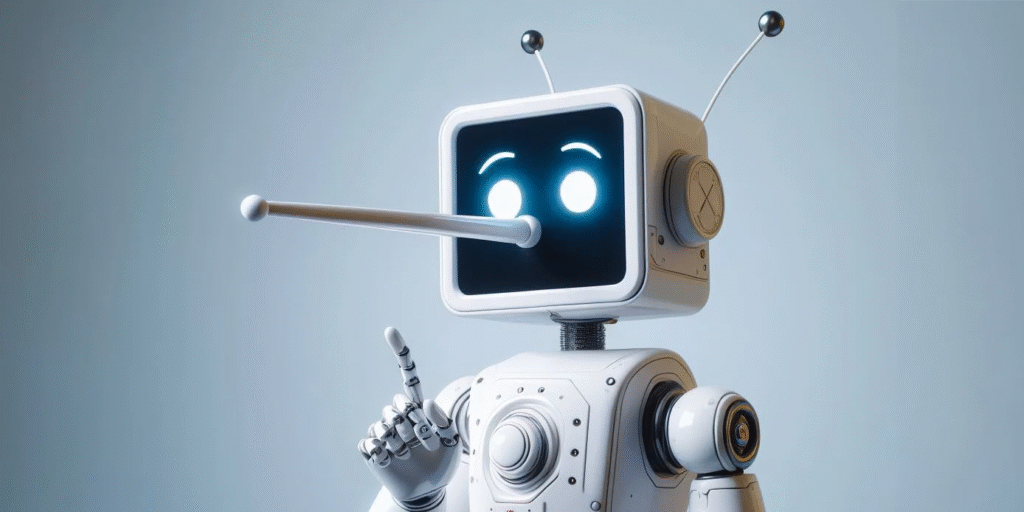
Definition:
When AI generates false information but presents it as factual—often with extreme confidence.
Why It Happens:
- No real “understanding”: ChatGPT predicts text patterns, not truth.
- Training gaps: If data lacks answers, AI invents plausible ones.
- Over-optimization: Trying to be helpful > being accurate.
Example:
User: “When did NASA discover water on Mars?”
ChatGPT (hallucinating): “NASA confirmed water on Mars on July 4, 2012.”
(Real answer: 2008, with stronger proof in 2015.)
2.

1. Fake Legal Cases
- What happened: A lawyer cited 6 non-existent court cases from ChatGPT.
- Result: Fined $5,000 and humiliated in court.
2. Medical Misinformation
- Study: ChatGPT recommended fake cancer drugs in 12% of queries.
- Risk: Patients could self-medicate based on AI lies.
3. Invented Historical Events
- User asked: “Did Abraham Lincoln own a Tesla?”
- ChatGPT replied: “Yes, records show Lincoln test-drove an 1882 Tesla prototype.”
4. Imaginary Academic Papers
- Researcher requested: “Cite studies on AI ethics by Professor Li.”
- ChatGPT fabricated 3 papers with fake titles, journals, and co-authors.
5. Nonexistent Products
- User: “Where can I buy the iPhone 15 Pro Max Ultra?”
- AI: “Best Buy sells it for $1,299.” (No such model exists.)
3.
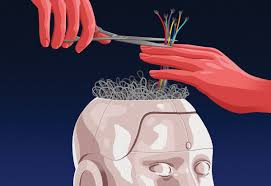
Red Flags to Watch For:
✅ Overly specific details (exact dates, fake quotes)
✅ No sources provided (or fake citations)
✅ Contradicts known facts (but sounds plausible)
Verification Tools:
- Google Fact Check (reverse-search claims)
- Scholar.ai (checks academic sources)
- Wolfram Alpha (for math/science facts)
Pro Tip: Always ask ChatGPT to “provide sources”—though it may invent those too.
4.

Technical Limitations:
- No memory: Can’t recall what it said earlier in a chat.
- No fact-checking: Prioritizes fluency over accuracy.
- Training bias: Repeats errors from its dataset.
OpenAI’s “Fixes” (And Why They Fail)
- “I don’t know” updates: Sometimes refuses to answer—but still guesses often.
- Web browsing: Pulls live data, but can misread sources.
- User feedback: Reports improve models slowly.
5.
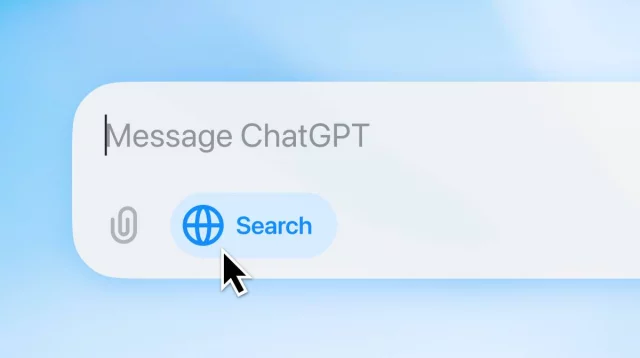
Reliable For:
✔ Brainstorming ideas
✔ Rewriting text clearly
✔ Explaining well-documented concepts
Unreliable For:
❌ Medical/legal advice
❌ Breaking news
❌ Niche historical facts
Rule of Thumb: Treat ChatGPT like a smart but eccentric professor—verify everything.
6.

Possible Solutions:
🔹 Knowledge graphs (structured fact databases)
🔹 Human-AI fact-checking teams
🔹 “Uncertainty scores” (AI rates its own confidence)
The Big Problem:
Truth isn’t just about data—it requires reasoning. Until AI understands meaning, hallucinations will continue.
Conclusion: How to Use AI Safely
Key Takeaways:
- ChatGPT’s “facts” are often fabrications—always double-check.
- Hallucinations can have real-world consequences (legal, health risks).
- The best defense? Skepticism + verification tools.
Next Steps:
👉 Test ChatGPT’s limits (ask obscure questions—spot the lies)
👉 Use AI for creativity, not truth (it’s better at ideas than facts)





